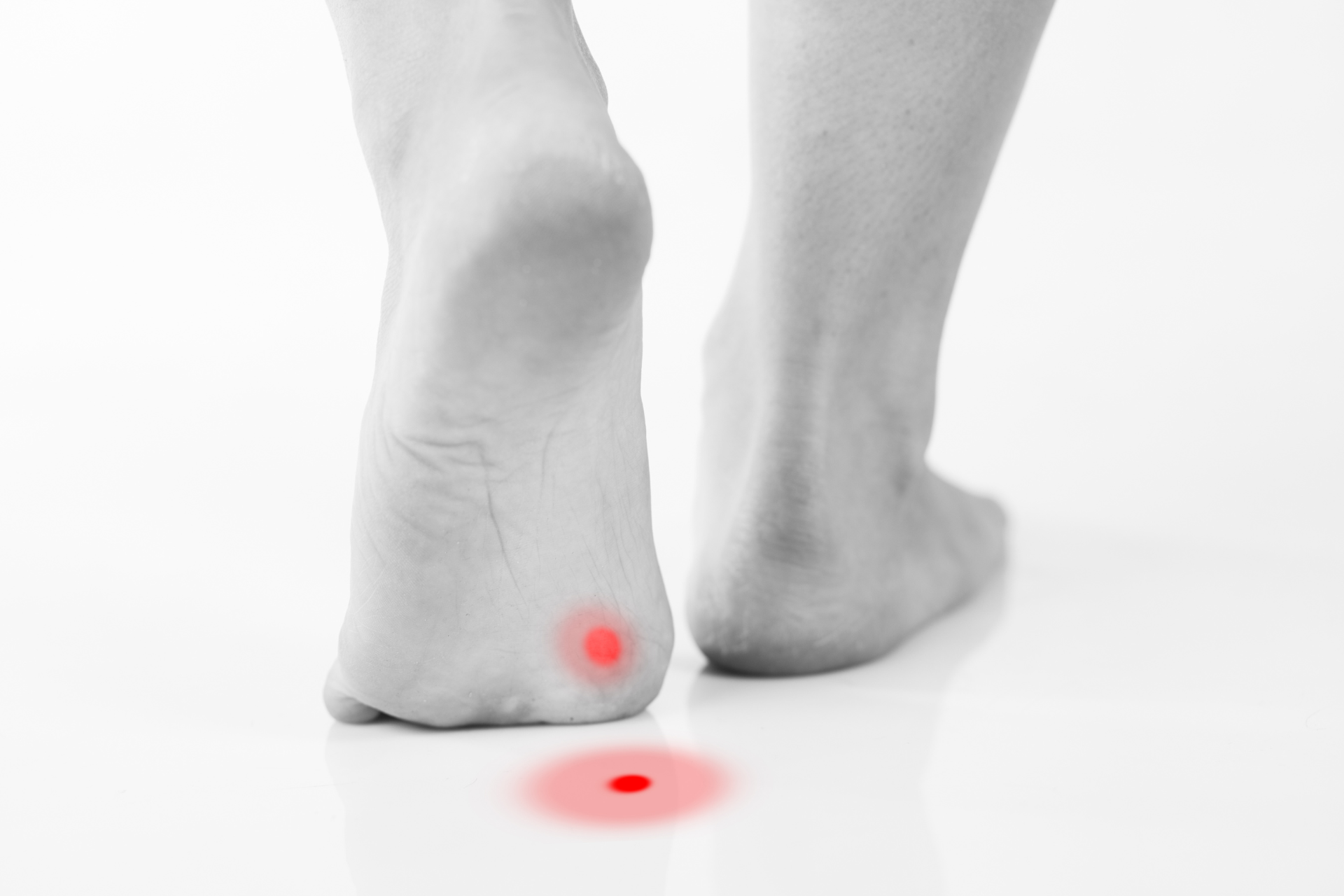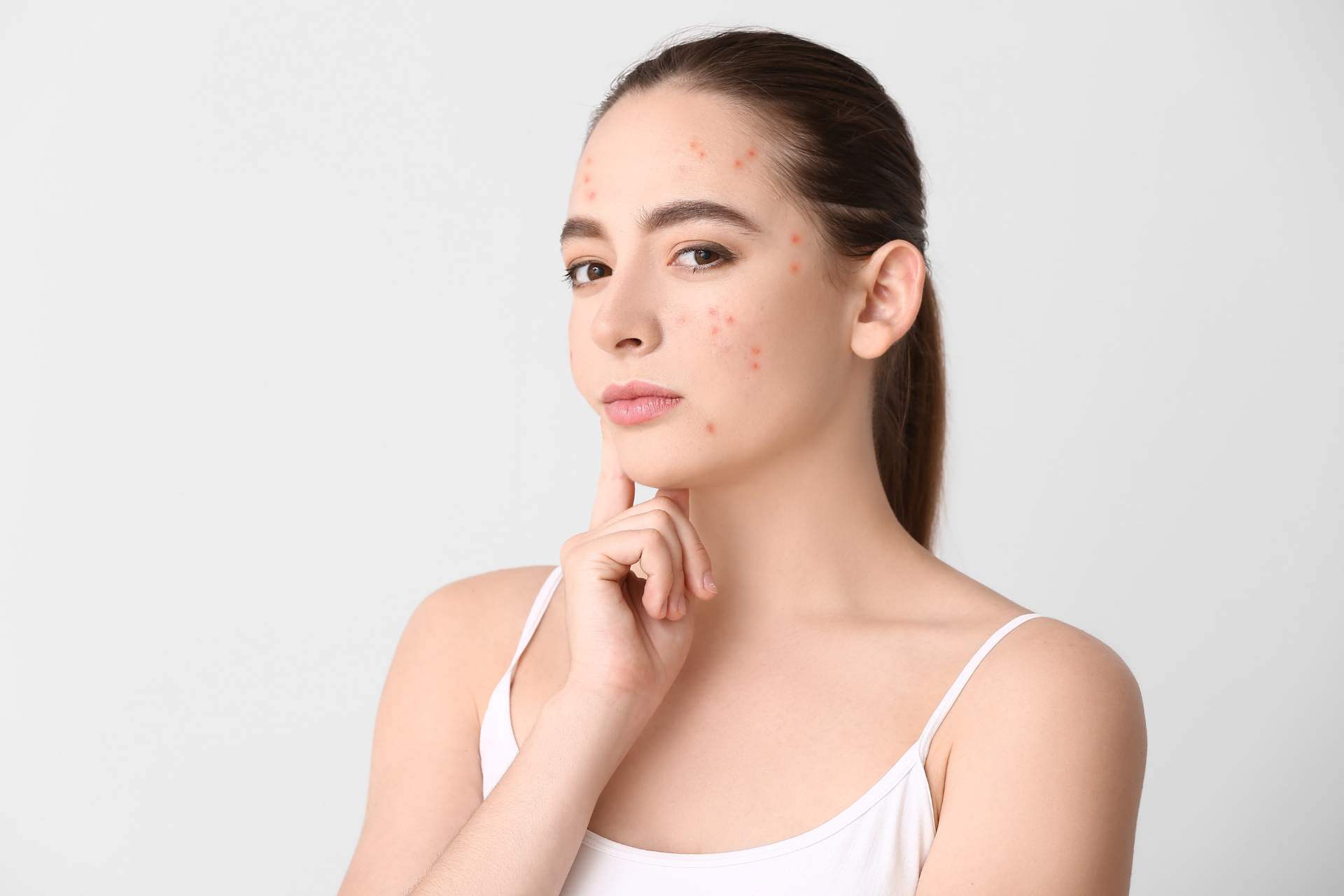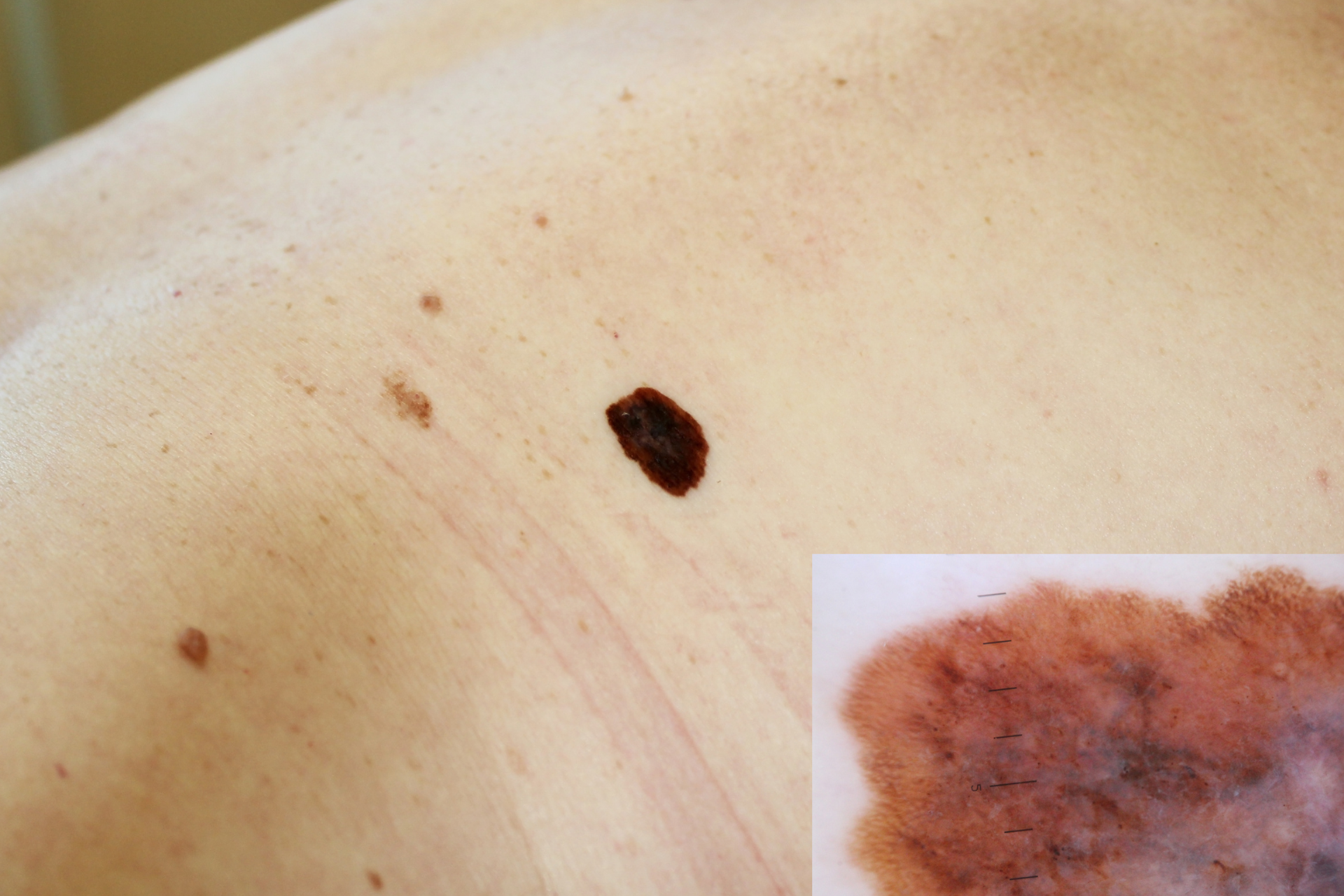The Best Essential Oil Blends for Relieving Coughs and Colds

As the seasons change and temperatures fluctuate, the common cold and coughs can quickly make an appearance. While over-the-counter medications can be effective, many individuals seek natural remedies to find relief from these pesky symptoms. Essential oils, extracted from plants, have long been used for their therapeutic benefits, including alleviating coughs and colds. At Fall Creek Skin and Health Clinic, we understand the importance of incorporating natural remedies into your healthcare routine. In this blog post, we will explore the best essential oil blends for relieving coughs and colds.
1. Eucalyptus and Peppermint Blend
Eucalyptus and peppermint essential oils are known for their soothing properties that can help alleviate coughs and congestion. Eucalyptus oil acts as a decongestant, helping to clear the airways and promote easier breathing. Peppermint oil provides a cooling sensation that can ease throat irritation and coughing. When combined, these two oils create a powerful blend that can help you breathe easier and alleviate cold symptoms.
2. Lavender and Tea Tree Blend
Lavender and tea tree essential oils have antibacterial and antiviral properties that make them effective in combatting cold and cough symptoms. Lavender oil is known for its calming and soothing effects, which can help reduce stress and promote better sleep – essential for fighting off illness. Tea tree oil acts as a natural disinfectant, helping to kill germs and support the immune system. Together, this blend can help you feel more comfortable and speed up your recovery.
3. Lemon and Ginger Blend
Lemon and ginger essential oils are commonly used in natural remedies to boost the immune system and alleviate cold symptoms. Lemon oil is rich in antioxidants and vitamin C, which can help strengthen the body’s defenses against cold and flu viruses. Ginger oil has anti-inflammatory properties that can reduce inflammation in the airways and soothe a sore throat. This blend not only supports your immune system but also aids in relieving symptoms associated with coughs and colds.
4. Frankincense and Myrrh Blend
Frankincense and myrrh essential oils have been used for centuries for their healing properties and are particularly beneficial for respiratory health. Frankincense oil has a calming effect on the respiratory system, helping to reduce coughing and promote clearer breathing. Myrrh oil is known for its antimicrobial properties, making it effective in fighting off respiratory infections. Together, this blend can help alleviate coughs and cold symptoms while boosting overall respiratory health.
When using essential oils for coughs and colds, there are a few important considerations to keep in mind. It's essential to dilute essential oils with a carrier oil before applying them to the skin to prevent irritation. You can also inhale essential oils by adding a few drops to a diffuser or a bowl of hot water for steam inhalation. Always perform a patch test before applying essential oils to ensure you do not have an allergic reaction.
At Fall Creek Skin and Health Clinic, we believe in a holistic approach to healthcare that incorporates natural remedies like essential oils. If you are experiencing persistent cold symptoms or have concerns about your respiratory health, we recommend consulting with our healthcare professionals for personalized advice and treatment options.
In conclusion, essential oils can be a valuable addition to your cough and cold relief toolkit. By choosing the right essential oil blends and using them safely and responsibly, you can find natural relief from your symptoms and support your body’s natural healing processes. Stay healthy and incorporate these essential oil blends into your wellness routine this cold and flu season.



Need Our Services?
Book a free consultation

Our promise is to offer high-quality medical attention at a fair price in a clean, friendly, and professional environment.
QUICK LINKS
BUSINESS HOURS
- Mon - Thu
- -
- Friday
- -
- Saturday
- Appointment Only
- Sunday
- Closed
All Rights Reserved | Fall Creek Skin and Health Clinic |
